A veteran scientist investigates how to better explain, detect, and measure the carbonaceous aerosols that influence atmospheric processes
This is the seventh article in a series of 2019 profiles on members of the ARM User Executive Committee (UEC).

A chemist by training, Arthur J. “Art” Sedlacek III is an atmospheric scientist at Brookhaven National Laboratory (BNL) in Upton, New York, where he has been for 30 years.
Broadly, his work relates to better understanding how tropospheric aerosols contribute to earth system processes.
These solid or liquid-like particles, suspended in the atmosphere and mixed with atmospheric gases, are typically tens to hundreds of nanometers in diameter. They influence precipitation rates, circulation dynamics, atmospheric radiation, the optical depth of clouds, and air chemistry, including pollution.
Sedlacek looks for ways to better explain and quantify tropospheric aerosols by developing instruments to detect and monitor them. He also designs new analytical methods to probe the processes that regulate aerosol properties.
His work often involves the U.S. Department of Energy’s Atmospheric Radiation Measurement (ARM) user facility.
Sedlacek is particularly interested in how the atmospheric aging of black and brown carbon (carbonaceous aerosols) affects their microphysical properties and, in turn, their optical properties.
“Aging” is how aerosols evolve in time and space. It changes microphysical and chemical properties that influence how efficiently aerosols absorb or scatter light—what atmospheric scientists call optical properties.
Aerosols come from a wide variety of sources, including vegetation, wildfires, burning fossil fuels, sea salt from breaking waves, marine microbes, or from complex molecules formed through chemical reactions in the atmosphere.
The Power of Aerosols
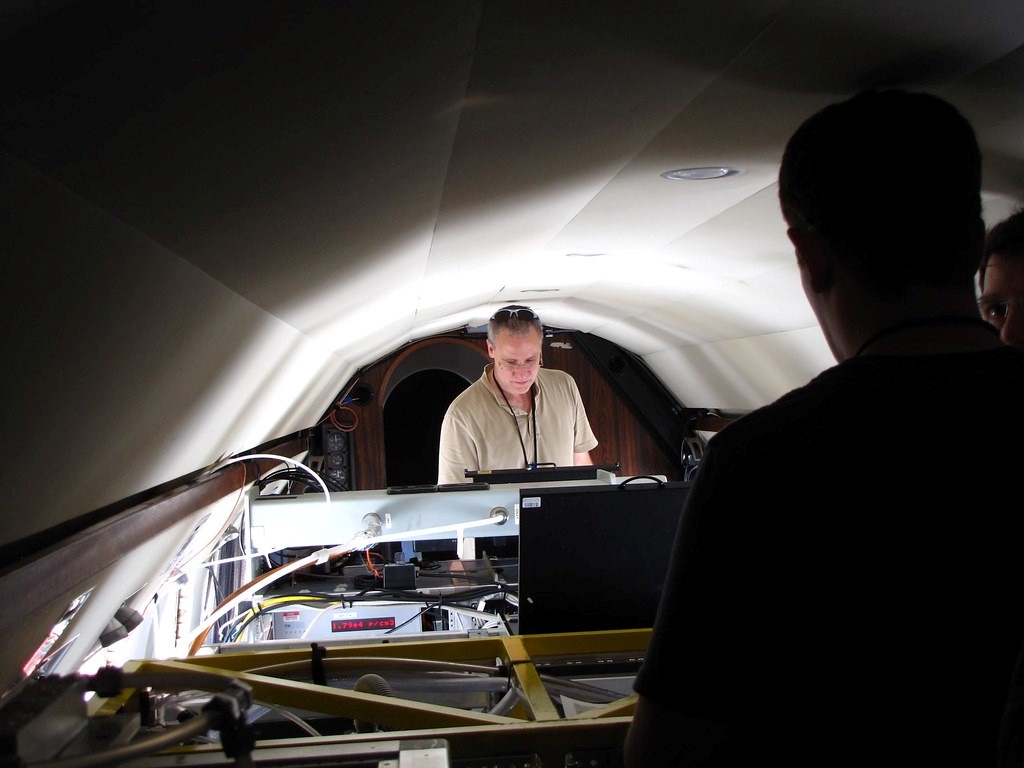
Whatever their origin, aerosols absorb and scatter light to varying degrees. Their interaction with sunlight influences the Earth’s radiation budget. Pure scattering aerosols exert a cooling influence, whereas strongly absorbing aerosols can act as a warming agent. The chemistry, size, and shape of aerosol particles determine optical properties.
Carbonaceous aerosols, the kind Sedlacek studies, tend to absorb solar energy. The most common of these is black carbon, sometimes referred to as soot or elemental carbon. Brown carbon describes organic aerosol particles that absorb light.
Sedlacek’s work on black carbon resulted in the development of a new instrument for the in situ measurement of black carbon light absorption. It’s based on photothermal interferometry, a technique for measuring aerosol light absorption in the presence of aerosol light scattering.
His research focuses on ways to better quantify the contribution of black carbon to aerosol radiative forcing―that is, the difference between the sunlight absorbed by the Earth and the energy radiated back into space. Changes in this radiative equilibrium “force” temperatures to rise or fall.
After carbon dioxide, black carbon is the second most important warming agent in the Earth’s climate system. About 40 percent of it comes from the combustion of fossil fuels, another 40 percent from wildfires and agricultural burning, and the remaining 20 percent from biofuel combustion―open-pit cooking and heating, for example.
Knowing more about black carbon improves the accuracy of models that predict aerosol radiative forcing and energy balance.
Evolution of Tarball Particles
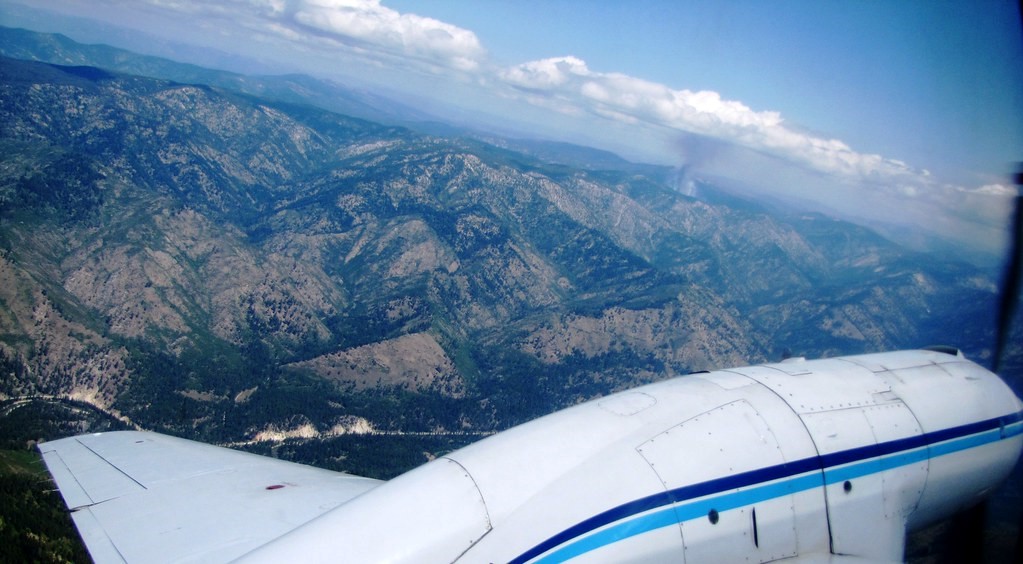
Sedlacek was lead author of a 2018 paper that identified a previously unidentified artifact of data from the single-particle soot photometer (SP2)—refractory black carbon produced by SP2 lasers charring (carbonizing) organic aerosols. Failing to account for this artifact, he cautioned, could lead to overestimates of black carbon loadings and therefore skewed model predictions of radiative forcing.
In another 2018 paper, Sedlacek and his co-authors described the first atmospheric observations of the formation and evolution of tarballs, a type of brown carbon particle apparently unique to wildfires. This work reported that tarball mass fractions increased from less than 1 percent near the fire to around 30 percent downwind.
Following that theme, Sedlacek co-authored a September 2019 study in the Proceedings of the National Academy of Sciences of the United States of America (PNAS) on the formation of spherical tarball particles during biomass burning (BB) events, such as wildfires.
The BB events featured in the paper were investigated as part of ARM’s 2013 Biomass Burning Observation Project (BBOP) field campaign. (Sedlacek was co-principal investigator.)
BBOP was an aircraft-based investigation of aerosol properties and their evolution by using a pseudo-Lagrangian sampling strategy downwind of the fire sources. (The Lagrangian function maps increments along the simulated evolutionary paths of physical systems.)
Spherical tarball particles, weakly light-absorbing organic particles at the nanometer scale, are likely a common particle type in many wildfires and may contribute significant aerosol mass to a wildfire smoke plume.
Sedlacek says that with potential aerosol mass contributions this high and with the increase of global fire activity, it is important to better understand the influence of tarball particles on the atmosphere and earth systems.
Aerosol Scientist, Instrument Mentor
“Having my foot in each world gives me firsthand experience of the needs and wants of each community.”
To get at the mysteries of carbonaceous aerosols, Sedlacek participates in and uses data from aircraft- and ground-based field campaigns. He also augments his analysis of field data with targeted laboratory studies.
Sedlacek uses optical-based instrumentation he has developed as well as data collected from the instruments he mentors for ARM.
His mentored instruments include the SP2, the cavity attenuated phase shift extinction monitor (CAPS), the 7-wavelength aethalometer, and the tricolor absorption photometer (TAP).
In January 2019, Sedlacek joined ARM’s User Executive Committee (UEC), an advisory group that is the official voice of the user community in its interactions with ARM management.
In his nomination form, Sedlacek mentioned bringing “a unique perspective” to the UEC: his dual viewpoint as an active scientist who uses ARM data and as an ARM instrument mentor.
“Having my foot in each world,” Sedlacek wrote to the UEC selection committee, “gives me firsthand experience of the needs and wants of each community.”
Step by Step
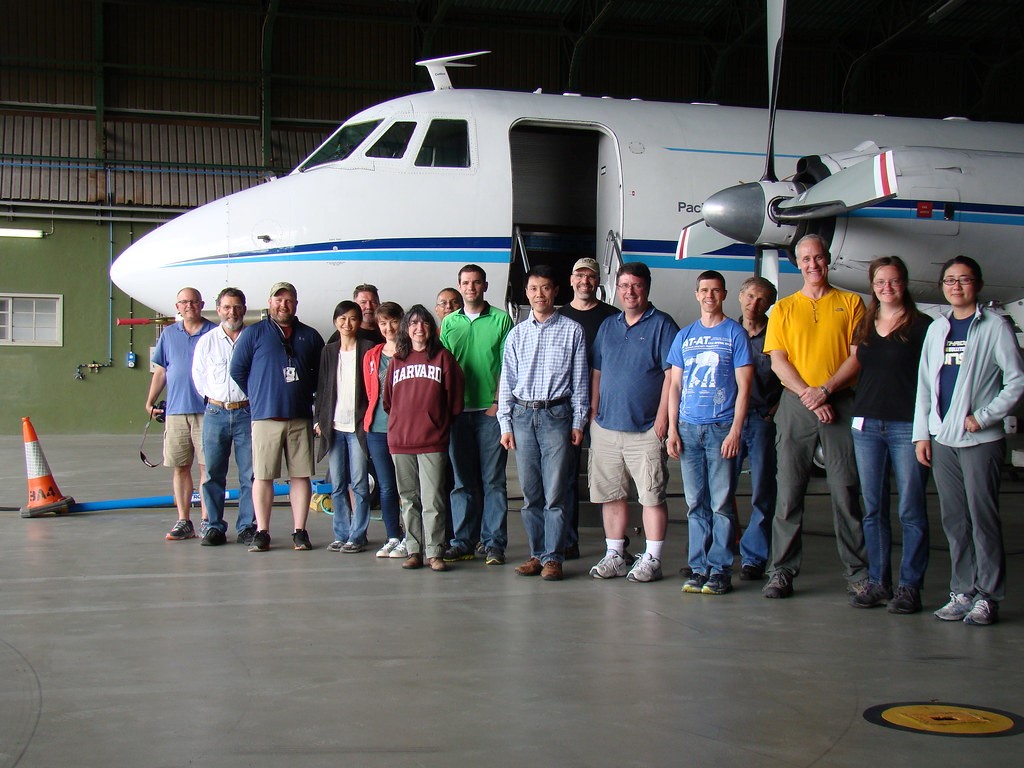
Sedlacek earned his doctorate in chemical dynamics in 1988 at the University of Utah and joined BNL’s chemistry department as a postdoctoral researcher in 1989. He took up his present role as a research chemist in 1992.
In 1999, Sedlacek led a team that designed a Raman lidar system small and light enough that one person could carry it. It was for short-range, non-contact detection and identification of ground contamination. This groundbreaking work was developed to support civilian first responders and hazardous materials professionals. It was awarded a patent in 2003.
Sedlacek is part of BNL’s Environmental and Climate Sciences Department, where he is active in the Aerosol Chemistry and Microphysics group.
Researchers there look at nanoparticle composition, new particle formation, quantifying aerosol property uncertainties, and the evolution of biomass-burning aerosols (black and brown carbon, for instance).
He is part of the department’s Aerosol Related Infrastructure group, which is associated with ARM’s global network of fixed and portable atmospheric observatories.
Sedlacek is also technical manager of the Aerosol Direct Effects group at BNL.
In the Field
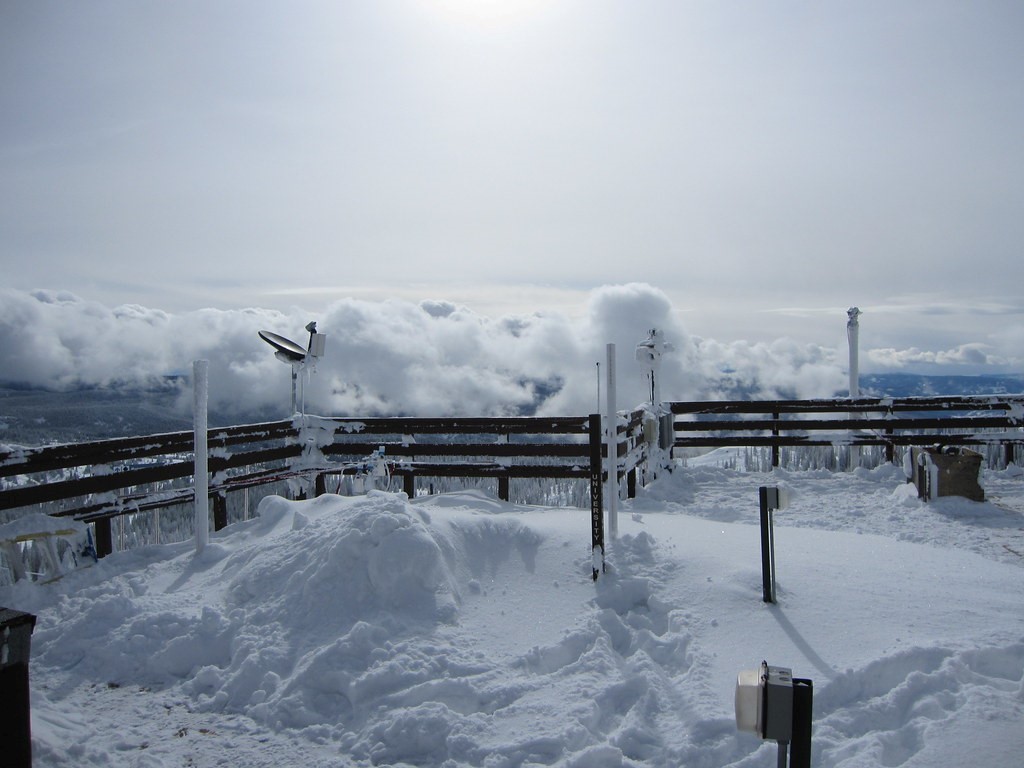
Over the years, Sedlacek’s relationship with ARM, and his general enthusiasm for firsthand observations, has gotten him into the field a lot.
He was part of the Storm Peak Lab Cloud Property Validation Experiment (STORMVEX), a 2010‒2011 ARM field campaign in Colorado designed to collect data on wintertime cloud and aerosol properties from within the clouds. Conditions back then favored getting good data. During a normal winter, Storm Peak Lab is wrapped in clouds 35 percent of the time. During STORMVEX, cloud cover doubled.
In the summer of 2011, Sedlacek was lead scientist for the Aerosol Life Cycle Intensive Observational Period at BNL, an ARM regional experiment on aerosols emitted from the land, the sea, and a megacity source (New York City). The BBOP field campaign followed in 2013.
Sedlacek was an active participant in the 2016‒2017 Layered Smoke Interactions with Clouds (LASIC) field campaign on Ascension Island in the South Atlantic Ocean. He was also a co-investigator for ARM’s 2017‒2018 Aerosol and Cloud Experiments in the Eastern North Atlantic (ACE-ENA) field campaign in the Azores.
His interest in these two field campaigns stems from the impact of long-range transport on the optical and microphysical properties of wildfire aerosols from the Americas (ACE-ENA) and Africa (LASIC).
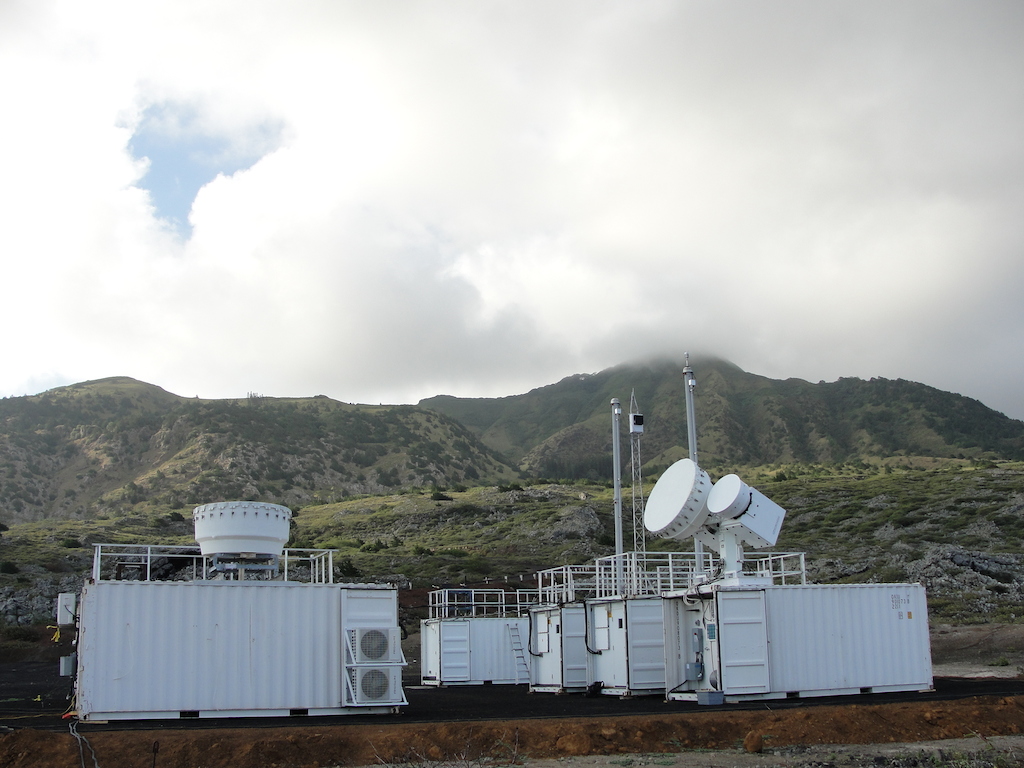
During a pair of monthlong ACE-ENA intensive operational periods in winter and summer, Sedlacek used the SP2 to compare levels of refractory black carbon and light-absorbing black carbon. Using SP2 data collected during the 17-month LASIC campaign, Sedlacek is examining how atmospheric aging affects the optical and microphysical properties of refractory black carbon.
Light-absorbing organic aerosols tend to become less light-absorbing—“bleached”—as they age in the atmosphere. However, Sedlacek’s analysis of LASIC data suggests that the African wildfire plume becomes more light-absorbing with age. Reconciling this finding with brown carbon bleaching is one of his current pursuits.
He welcomes the challenge that these shape-shifting aerosols bring. Their growth and accompanying changes―sometimes occurring in a matter of minutes or hours and sometimes over several days―require an intimate knowledge of how instruments work as well as the physics behind these changes.
“Aerosols are not static,” Sedlacek said in a 2018 article about a project to study cloud-aerosol interactions. “Their properties change, unlike carbon dioxide in the atmosphere.”
Read more profiles of UEC members.
# # #ARM is a DOE Office of Science user facility operated by nine DOE national laboratories, including Brookhaven National Laboratory.

